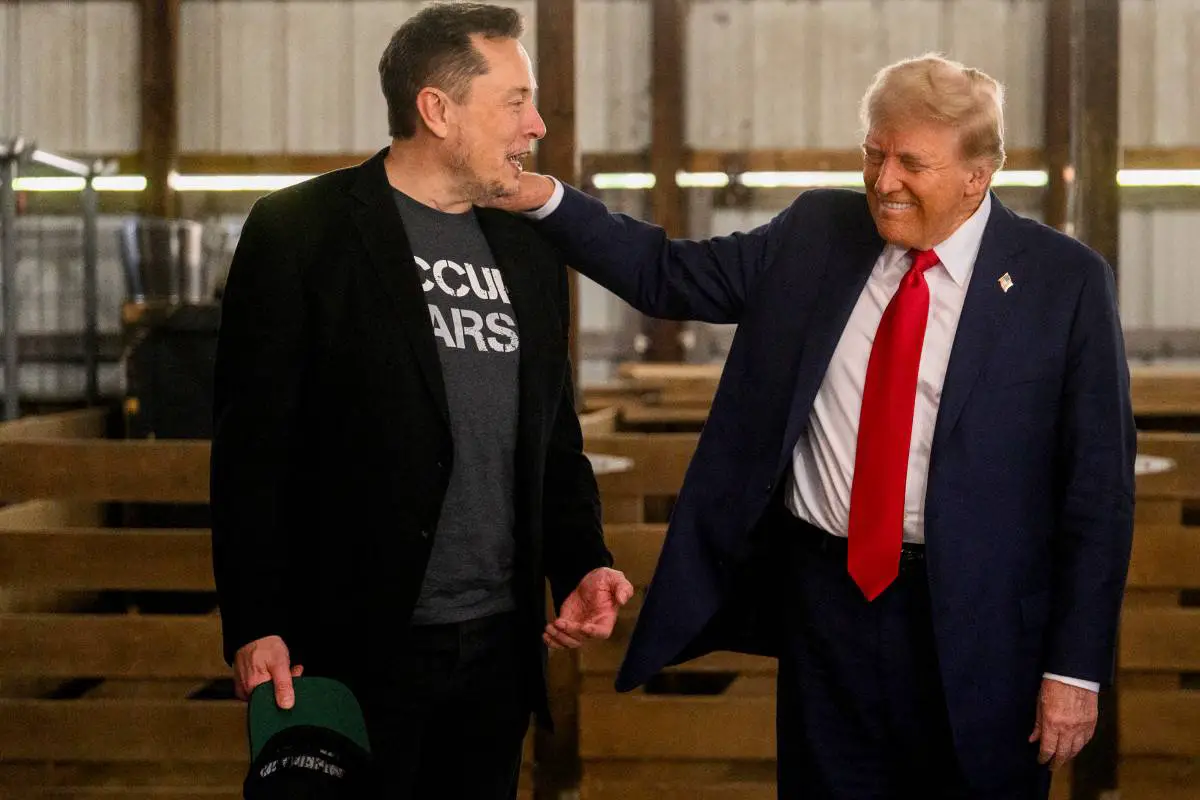Australia enhances its position in the rare earths industry
Australia is swiftly reinforcing its status as a pivotal participant in the international rare earths industry, a crucial sector for the fabrication of advanced technology products, such as electric vehicles, wind turbines, and defense systems. The recent inauguration of the Lynas Rare Earths processing facility in Kalgoorlie symbolizes a noteworthy step in this direction, enabling the country to leverage its extensive rare earth deposits.
As the global appetite for rare earth elements (REEs) escalates, Australia’s capacity to process these substances domestically represents a transformative shift. Traditionally, China has held a monopoly over the rare earths supply chain, overseeing around 80% of worldwide production. Nevertheless, geopolitical strains and vulnerabilities in supply chains have urged nations to diversify their procurement sources. Australia’s initiative to bolster its rare earths processing infrastructure is a direct reaction to this transition, providing an alternative supply pathway for international markets.
This advancement indicates a promising growth prospect in the rare earths industry for investors, especially as global sectors increasingly pursue secure and dependable sources of these essential materials. Lynas Rare Earths, already a significant entity in the field, is poised to gain from this strategic growth, with the Kalgoorlie facility anticipated to improve both production capacity and supply chain robustness.
Strategic significance of the Kalgoorlie processing facility
The Kalgoorlie processing facility is strategically situated in Western Australia, an area famous for its abundant rare earth element deposits. This site is not only beneficial because of its closeness to Lynas’ Mt Weld mine, one of the highest quality rare earth deposits worldwide, but it also places the facility in a well-established mining center. This combination minimizes logistical expenses and boosts operational effectiveness, making the plant an essential component of the rare earths supply chain.
By domestically processing rare earths, Australia is lessening its dependence on foreign facilities, especially in Asia, which currently handles a large portion of the global rare earths refining. This initiative is anticipated to enhance the country’s self-sufficiency in vital minerals, a major goal amid increasing geopolitical uncertainties. The Kalgoorlie facility will be crucial in ensuring that Australia can satisfy both domestic and international requirements for rare earths, particularly as sectors like electric vehicles (EVs) and renewable energy continue to grow.
The strategic significance of this facility is paramount for investors. It not only solidifies Lynas’ status as a principal rare earths producer but also strengthens Australia’s position in the global supply chain. The plant is projected to process as much as 66,000 tonnes of rare earth concentrate each year, substantially boosting Lynas’ production capabilities. This positions the firm to seize a larger segment of the expanding global market, which is expected to experience consistent demand growth over the next decade.
Additionally, the Kalgoorlie facility is likely to aid in diversifying global supply chains, thereby lessening the global reliance on China for rare earth processing. This is a vital development for industries that depend on these materials, as it alleviates the risks associated with supply chain interruptions and price fluctuations. Investors ought to closely observe the operational developments of the Kalgoorlie plant, as its success could yield significant consequences for both Lynas and the wider rare earths market.

